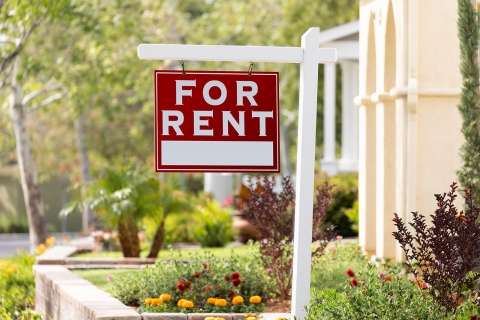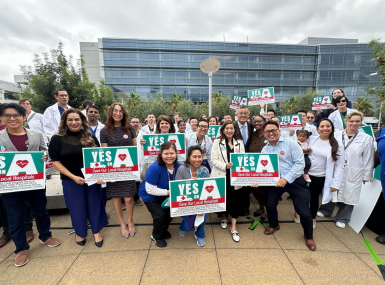Housing costs tied to poor health, study shows

Key Takeaways
Housing costs play a significant role in the health of county residents, according to the 2019 County Health Rankings released earlier this month. The report explores housing affordability by place and by race.
More than one in 10 households spend more than half their income on housing costs. Those who own their home do not see a burden, according to the report, because housing costs have decreased in the past decade.
Learn More
How healthy is your county? See the rankings
“Our homes are inextricably tied to our health,” said Richard Besser, MD, RWJF president and CEO. “It’s unacceptable that so many individuals and families face barriers to health because of what they have to spend on housing. This leaves them with fewer dollars to keep their families healthy. Imagine the stress and pain that come with unplanned moves. We are all healthier and stronger together when everyone has access to safe and affordable housing, regardless of the color of their skin or how much money they make.”
It’s a different story for renters. High housing costs are associated with food insecurity, more child poverty and more people in fair to poor health, the study noted.
The more segregated a community is, the higher the rates of cost burden but both white and black households, according to the study. Nearly one in four black households spend more than half their income on housing.
Home ownership helps not only build savings for education, but also for improving opportunities important to health. In large urban and smaller metro counties, the vast majority of households headed by whites own their homes while more than half of households headed by blacks are renters, the study noted. That trend has changed very little over the past decade.
“All communities have the potential to be places where everyone enjoys full and equal opportunity. But the data show that’s not happening in most communities yet. Children of color face a greater likelihood of growing up in poverty, and low-income families struggle to pay rent and get enough to eat,” said Sheri Johnson, PhD, Acting Director of County Health Rankings & Roadmaps.
“It is time to do the difficult work of coming together to undo policies and practices that create barriers to opportunity,” she said. “The Rankings can help communities ground these important conversations in data, evidence, guidance, and stories about challenges and success.” Visit countyhealthrankings.org/takeaction to learn more.

Attachments
Related News

CMS issues new guidance on Medicaid Community Engagement Requirements
On December 8, the Centers for Medicare & Medicaid Services (CMS) released a Medicaid and CHIP Services Informational Bulletin (CIB) directing states on how to implement the Medicaid community engagement requirements enacted under Section 71119 of the One Big Beautiful Bill Act legislation (Public Law 119-21), or H.R. 1.

California county sales tax measure backfills federal healthcare cuts
Santa Clara County, Calif. will raise an estimated $330 million each year from a sales tax to backfill lose Medicaid funding.

